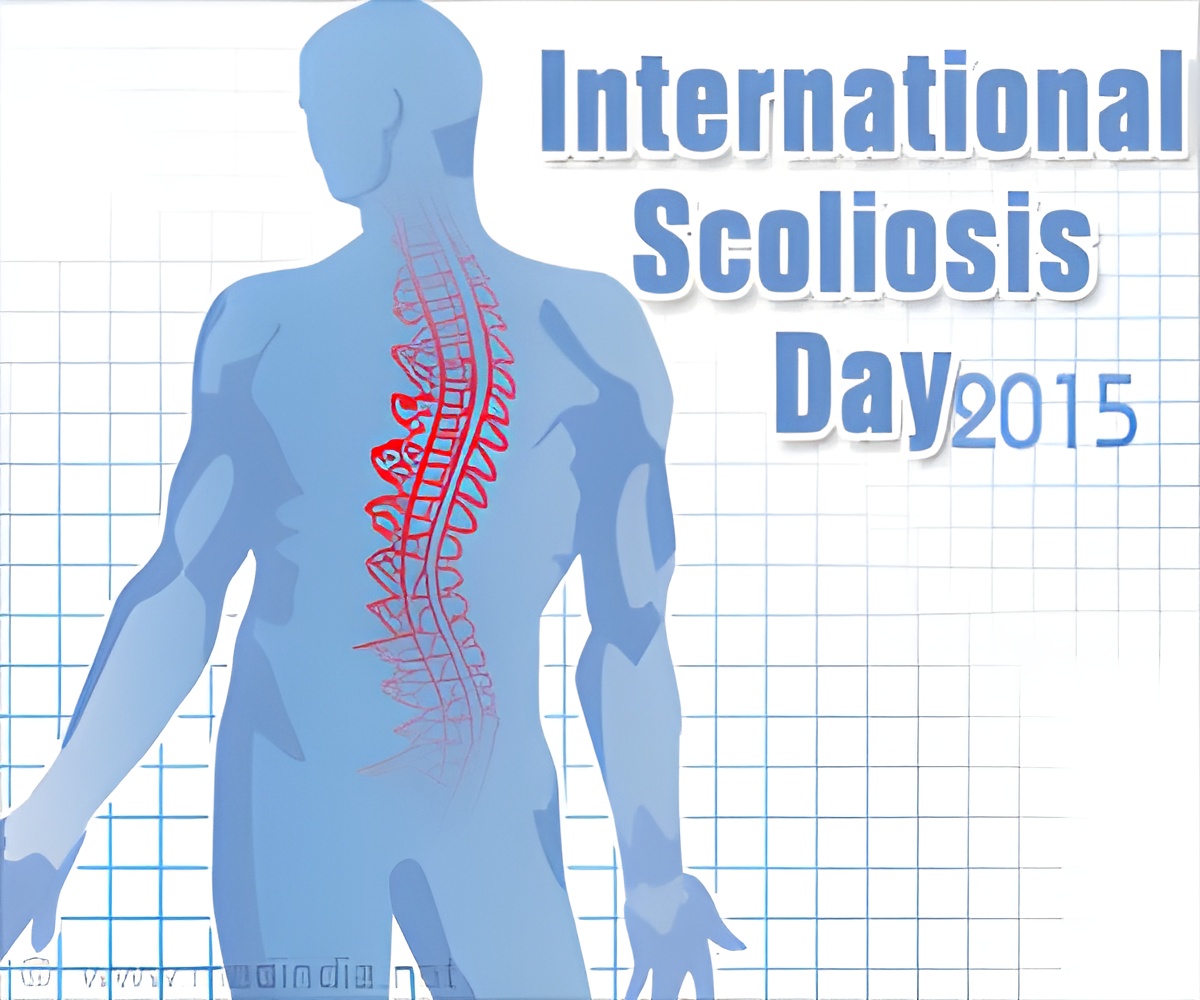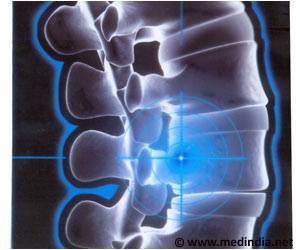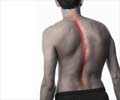New study emphasizes the role that open doctor-patient communication plays in encouraging treatment effectiveness in the adolescent age group.
Usually bracing is recommended for adolescents diagnosed with idiopathic adolescent scoliosis, and a spinal curve between 25 and 45 degrees. When worn consistently and as directed, braces have been found to effectively halt or slow further progression of a spinal curve, often preventing surgery.
In a new study appearing in the
Journal of Bone and Joint Surgery, adolescent scoliosis patients each received a brace with embedded sensors to monitor use. Patients were then divided into two groups. In the first group, 93 patients were told about the existence and purpose of the monitors, and data and time spent wearing the brace were discussed at follow-up visits. The 78 patients in the second group were not told about the purpose of the monitors, nor did they receive data on brace compliance.
TOP INSIGHT
Idiopathic adolescent scoliosis patients who wore their brace were less likely to require surgery, by 11 percent, due to less spinal progression.
"Patients who were aware that their device measured brace use, wore their brace, on average, an additional three hours each day," said orthopaedic surgeon and lead study author Lori Karol, MD. The study also found that patients who wore their brace were less likely to require surgery, by 11 percent, due to less spinal progression.
The average curve magnitude at the start of bracing was comparable at the start of the study: 33.2 degrees in the counseled group and 33.9 in the non-counseled group. Among the specific findings:
- Daily brace wear during the initial 180-day time period averaged 15 hours in the counseled group and 12.5 hours in the non-counseled group.
- Counseled patients who completed bracing averaged 13.8 hours per day of orthotic wear during the entire course of bracing, compared with 10.8 hours per day for patients who did not receive compliance reports.
- The spinal curve did not progress more than 6 degrees between the start of bracing and brace termination in 59 percent of patients in the counseled group, and 36 percent of patients in the non-counseled group.
- Children who did not need surgery wore their brace 2.1 hours more per day on average.
"Shared information between the teen, parents, orthotist (who oversees the creation and fit of the custom brace), and physician resulted in improved brace compliance," said Dr. Karol. "These findings emphasize the role that open doctor-patient communication plays in encouraging treatment effectiveness in the adolescent age group."
Source-Eurekalert

 MEDINDIA
MEDINDIA


 Email
Email







